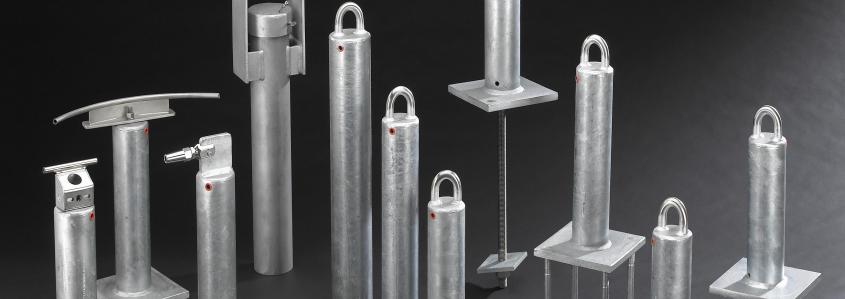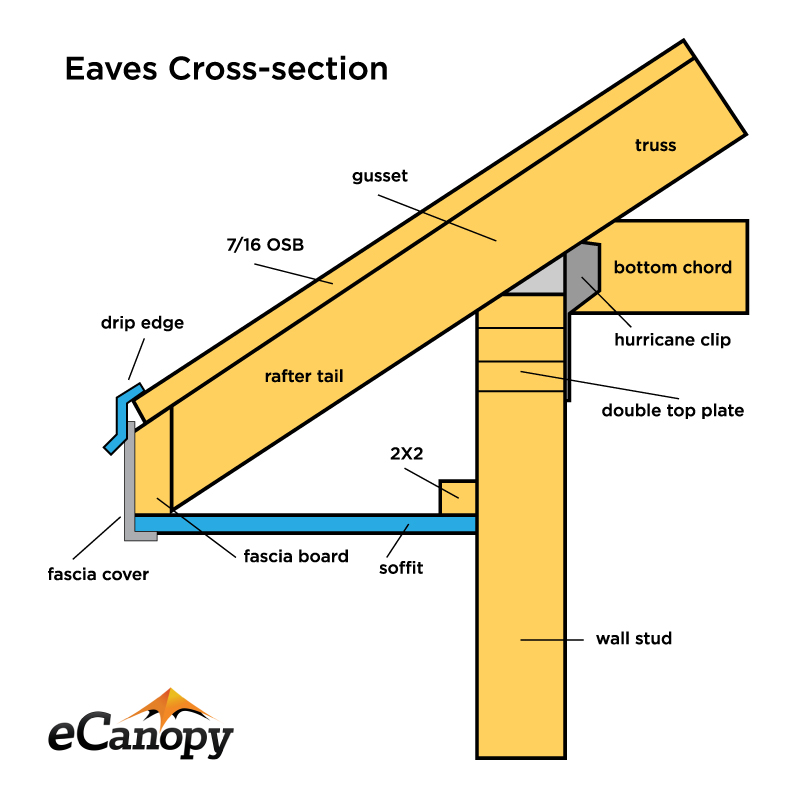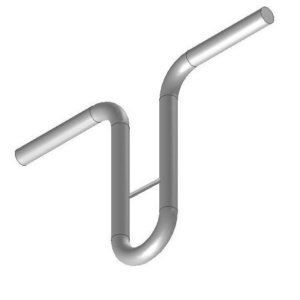The guardian fall protection snappy disposable roof anchor the guardian fall protection snappy disposable roof anchor is designed to fit any roof pitch.
Roof anchor vs soffit anchor.
Masonry and concrete anchor types are considered light duty medium duty or heavy duty based on how much weight they can support.
These roof anchors are easy to install by nailing into the truss and easy to remove by hammering over the attachment point when the job is done.
A baseplate for mounting the anchor on roof decks.
Its top edge is tucked up under the shingles and its outside face is where the gutter is mounted.
Fascia and soffits finish the edges of roofs by covering the ends of the roof rafters or roof trusses where they overhang the sides of the house the fascia is the wide board that s installed on edge and runs horizontally along the edge of the roof.
What is the difference between galvanized steel and stainless steel.
The rooftop anchor is comprised of.
Figure 1 illustrates the rooftop anchor for metal concrete and wood roofs.
The rafter tails will be readily visible on homes with open eaves.
Anchor points are usually installed on the roof and are used to connect lanyards lifelines and other forms of tie off which prevent a worker from falling.
B single point top connector attached to the top of the anchor for connection of a self retracting lifeline srl lanyard or lifeline subsystem.
Galvanized steel vs stainless steel.
Most roof rafters extend beyond the horizontal stud at the top of the wall called the wall plate.
This product is convenient and disposable.
Roof anchors can be used for securing lifelines and the tieback of suspension equipment or direct rigging of a bosun s chair for window cleaners.
Concrete anchors types vary and include concrete screws hammer set anchors lag shields lead screw anchors plastic wall plugs anchor bolts and more.
Both permanent and temporary roof anchor points are available.
Roof anchors can be as simple as a d ring connection or as complex as a complete lifeline system.
To reduce rain penetration cut vent openings in the soffit material within 4 inches of the outer edge of the overhang.
Soffit brackets mount under the eave and anchor into the rafter tails.
Use a stud finder to verify the rafter tails are present.




























